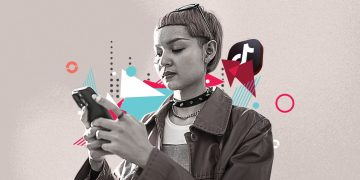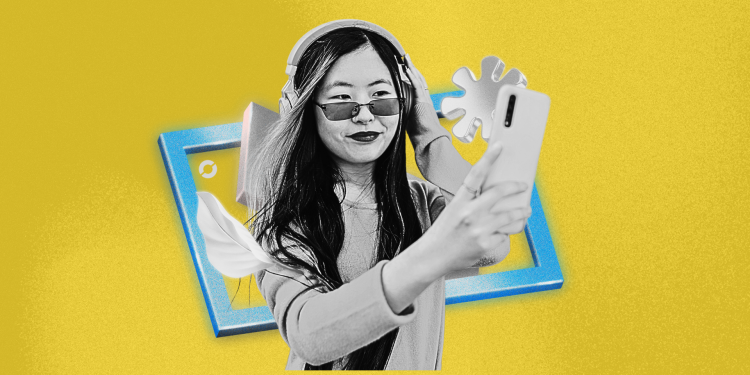The influencer industry has transformed from a side hustle to a $24 billion powerhouse—but as the landscape matures, creators and brands are facing new challenges. What worked in the past—polished aesthetics, brand-sponsored posts, and mass reach—no longer guarantees success. Audiences crave hyper-personalized experiences, brands seek long-term partnerships, and AI is reshaping how content is produced.
In 2025, the pressure to be relatable and unfiltered is clashing with digital burnout, pushing influencers to rethink how they engage with their communities.
AI-powered creators and content automation
AI is no longer just a tool; it’s becoming a creative partner in influencer marketing. From AI-generated influencers like Lil Miquela to automated content assistants that help human creators optimize engagement, artificial intelligence is changing the way content is produced, distributed, and monetized.
The rise of micro-communities: Influence is getting smaller, but deeper
Gone are the days when follower count was the ultimate metric. In 2025, micro-communities are the new currency of influence. Instead of trying to appeal to millions, successful influencers are focusing on highly engaged, niche audiences who value trust and connection over sheer numbers. Platforms are prioritizing niche content – Algorithms on TikTok, Instagram, and even LinkedIn are increasingly favoring content that fosters meaningful interactions. Whether it’s skincare enthusiasts, plant-based athletes, or vintage fashion collectors, micro-communities are where real influence happens.
Authenticity fatigue: When ‘being real’ becomes exhausting
For years, “authenticity” has been the gold standard for influencers. The rise of unfiltered Instagram posts, casual “day in my life” vlogs, and tearful confessions made creators feel more relatable than ever. But in 2025, a new fatigue is setting in—both for influencers who feel pressured to constantly share personal struggles and for audiences overwhelmed by hyper-personal content.
Audiences are tuning out – Consumers initially embraced raw, unfiltered content, but now, many feel it’s becoming performative. The demand for constant emotional engagement has led to diminishing returns, as audiences grow skeptical of influencers who appear to be monetizing their personal struggles.
The return to aspirational content? – While authenticity remains crucial, some influencers are beginning to curate their content more deliberately, shifting back toward polished aesthetics and strategic storytelling rather than overexposure. The key? Balancing honesty with boundaries.
So what’s next for influencer marketing?
As the industry evolves, adaptability is the new influencer superpower. The creators and brands that will thrive in 2025 are those who:
✔️ Embrace AI – Whether through automation tools or virtual influencers, integrating AI into content strategy will become a necessity.
✔️ Invest in micro-communities – Instead of chasing viral fame, building small, engaged communities will drive long-term success.
✔️ Set boundaries around authenticity – Transparency matters, but influencers need to navigate personal storytelling with intention and balance.















